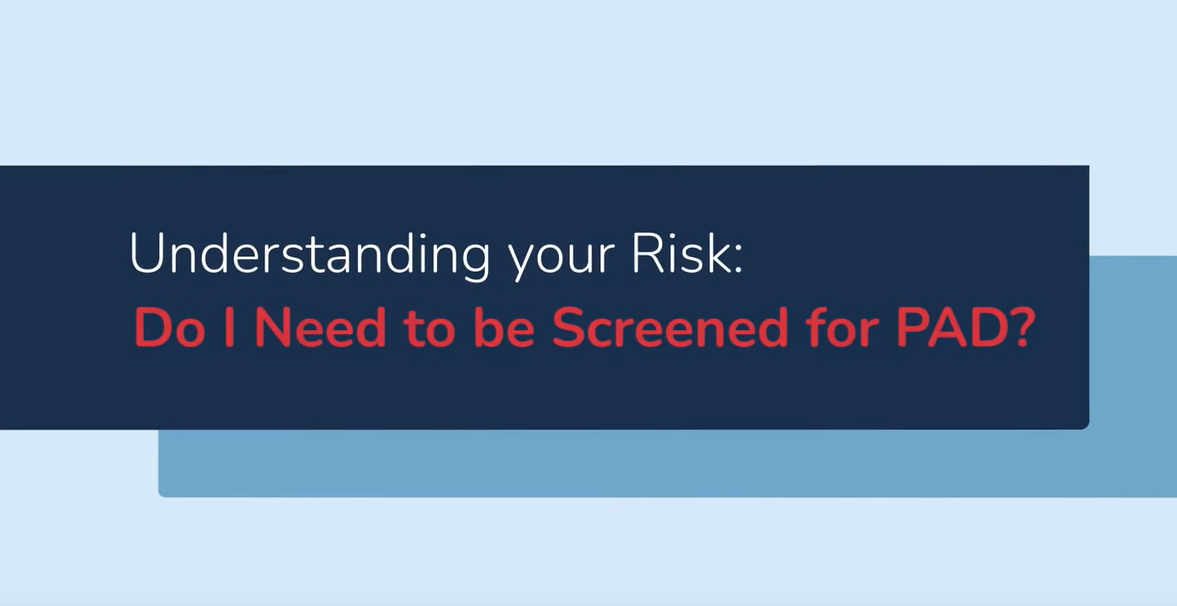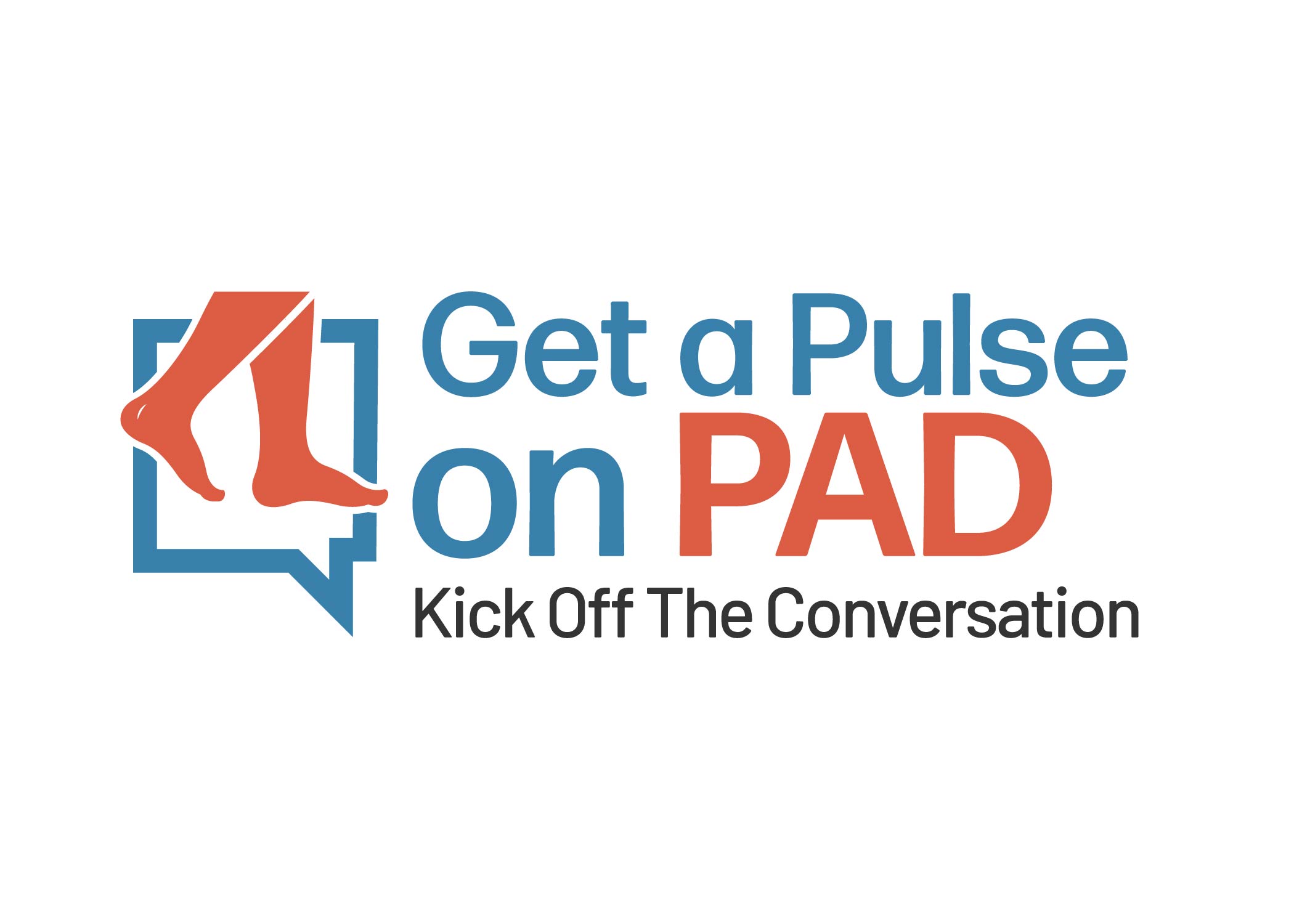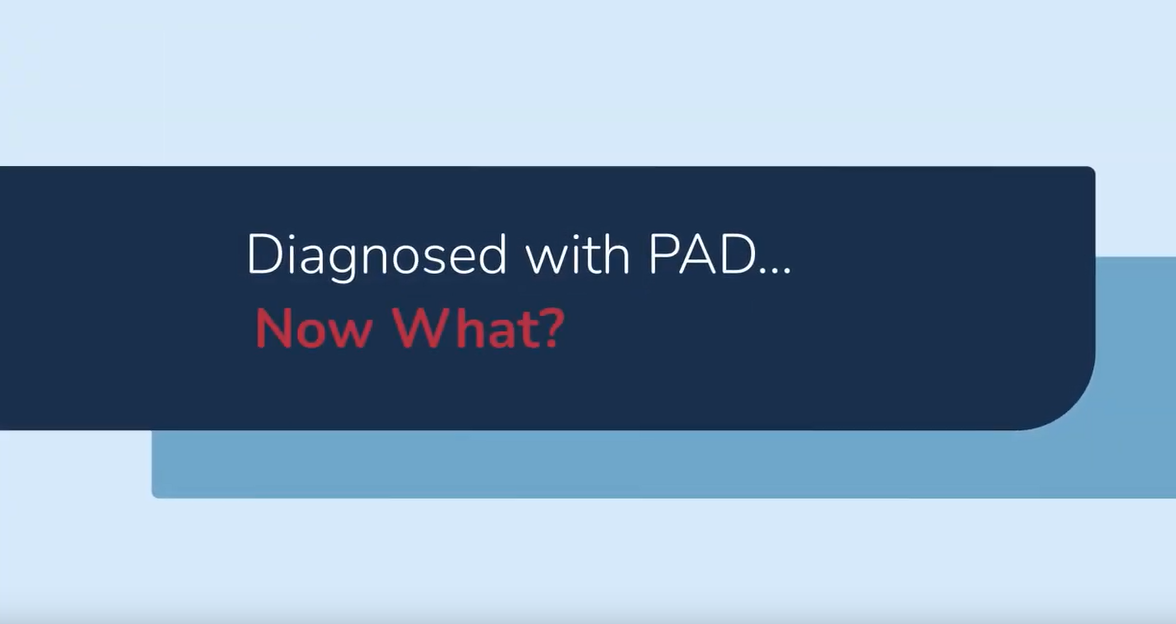- Angioplasty: Angioplasty uses inflatable devices called balloons to open up narrowed arteries. Various types of balloons are used in different situations, including balloons that stretch arteries open, metal-edged balloons that cut and break up calcium deposits, and drug-coated balloons that can prevent scarring and future narrowing of the artery. During angioplasty, the interventional radiologist guides a catheter with a tiny balloon tip through the blood vessels into the blockage. The balloon is inflated to widen the artery, which restores blood flow.
- Stenting: Sometimes, following balloon angioplasty, the doctor will place a stent (a tiny mesh tube) in the artery to help keep it open. Those who receive stents will also need to be on clot-preventing medications to reduce the chance of clots forming inside the stent.
- Thrombolysis: Thrombolysis, which is usually enacted in an emergency because the body has not had enough time to respond by growing new blood vessels to bypass the blockage, is a treatment that delivers medication slowly, over 12–24 hours, to a blood clot through a thin tube that is inserted next to or within the clot. You’ll be hospitalized during the treatment and will be watched by nurses and doctors in the intensive care unit. Often, the clots will dissolve but the artery will still be narrowed, and additional treatments may be required.
- Thrombectomy: When a blood clot suddenly blocks blood flow, a treatment known as a thrombectomy will remove the clot from the body using various medical tools that can draw out, pull out, or vaporize the clot.
For patients
Peripheral arterial disease (PAD)
Peripheral arterial disease (PAD) is a common condition affecting 1 in 20 Americans age 50 and older. PAD happens when arteries in the legs narrow, reducing or cutting off blood flow, and is a leading cause of non-trauma related amputations when not diagnosed and treated early. More than 400 non-traumatic amputations happen every day as a result of PAD.

Signs and symptoms
Could it be PAD? What are the signs and symptoms of peripheral arterial disease?
Signs and symptoms of PAD can easily go unrecognized or be dismissed. Leg pain that occurs while walking and stops with rest is one of the first symptoms of PAD, but 91% of Americans would dismiss leg pain as just part of getting older. You may have PAD if you experience the following:
- One foot may feel colder than the other
- Your foot or leg may become pale, discolored or blue
- Leg weakness or numbness may make you feel off-balance or make it harder to walk
- Your toenails and leg hair may stop growing
- You may have pain or a feeling of pins and needles in your leg or foot
- Sores or wounds on your toes, feet or legs may appear, heal slowly or not heal at all
If you are concerned you may be at risk for PAD or have been recently diagnosed, it’s important to know what your next step will be. With the Get a Pulse on PAD: Patient Pathway Toolkit, we are making it easier to understand your risk for PAD and the important steps around your diagnosis and treatment. Whether you are concerned you may be at risk for PAD, recently diagnosed or weighing your treatment options, this tool offers easy-to-understand information to support your PAD journey.

Know your 3 for PAD. Who is at risk for developing PAD?
You may be more likely to have PAD if, among other factors, you have:
- Diabetes—people with diabetes are 3–4 times more likely to develop PAD
- High blood pressure—35–55% of people with PAD are likely to suffer from high blood pressure
- A history of tobacco use—80% of patients with PAD formerly used tobacco, either smoking or chewing
Other risk factors for PAD include:
- Obesity
- High cholesterol
- A family history of vascular disease, such as PAD, aneurysm, heart attack or stroke
Who suffers most? PAD health disparities
Black and Hispanic Americans experience PAD and its devastating consequences more frequently.
Black people are 2 times more likely to suffer from PAD and up to 4 times more likely to undergo an amputation.
Hispanic Americans present with more progressive PAD, leading to worse outcomes, including greater risk of amputation.
Don’t ignore any symptoms related to PAD
If you experience leg pain while walking that goes away after sitting down, contact your doctor. This is a common sign of PAD and should not be ignored. Screening for PAD is easy, quick and non-invasive and can be done in your doctor’s office.
If left untreated, PAD could lead to critical limb ischemia (CLI), a serious condition in which there is inadequate blood flow and oxygen to a specific part of the body, generally caused by a narrowing or blockage of an artery.
Critical limb ischemia results in severe pain (often at rest) or tissue loss, such as a non-healing sores or even gangrene, related to peripheral artery disease. If the tissue of the limb has been affected, this requires immediate attention. Critical limb ischemia is serious and will not improve on its own. The poor prognosis demands a multidisciplinary approach involving interventional radiologists who are specialists in endovascular revascularization, surgeons, podiatrists, wound care experts and other specialties to maximize patient outcomes.
How is PAD diagnosed?
An interventional radiologist can help determine if you have PAD through a simple test called an ankle brachial index test, or ABI, which compares your ankle’s blood pressure with your arm’s blood pressure. Your doctor will use a blood pressure cuff and ultrasound device for this quick and painless test. If your blood pressure is lower in your leg when compared to your arm, this can indicate narrowing or blockage of the arteries or blood vessels in the legs.
PAD can also be diagnosed through an angiography using imaging techniques such as ultrasound, CT and MRI.


Lifestyle changes and medical management
Early stages of PAD can often be treated with lifestyle changes. Exercise, a heart-healthy diet and quitting tobacco use can alleviate symptoms and prevent further progression of the disease.
In addition, medications that lower cholesterol or control high blood pressure may be prescribed. Other medications that prevent blood clots or the buildup of plaque in the arteries may also be prescribed. Management with medication has been shown to significantly increase pain-free walking distance and total walking distance in individuals with intermittent claudication.
An interventional radiologist can prescribe such treatments and monitor your condition through regular follow-up visits to monitor disease progression. An IR will also work with your care team.
Interventional options
If you have later-stage PAD, or if lifestyle changes and medical management aren’t enough to treat your PAD, you might benefit from a minimally invasive interventional radiology treatment. These treatments for those with severe symptoms not relieved by lifestyle changes alone help to remove blockages and preserve toes and limbs.
In most cases, the IR will make a small incision in your groin and, using X-rays or other imaging to guide him, thread a very thin catheter through your blood vessels to the blockage or narrowed artery. Depending on where the blockage is and how it looks, it may be treated in several ways.
What can I expect after treatment?
Once the treatment is completed, the IR removes the catheter and applies pressure to the tiny incision in your groin to allow it to heal. You will then lie flat on your back for several hours. Usually, you will be able to go home the same day, but there is a small chance you will be observed overnight and discharged in the morning. During a period of regular follow-up appointments, which can include ultrasound or other imaging tests, your IR will monitor your progress after the therapy.

PAD treatments are offered nationwide.
Use SIR's Doctor Finder to search for interventional radiologists in the United States and abroad.
Reviewed by PAD Clinical Specialty Council, September 2024.